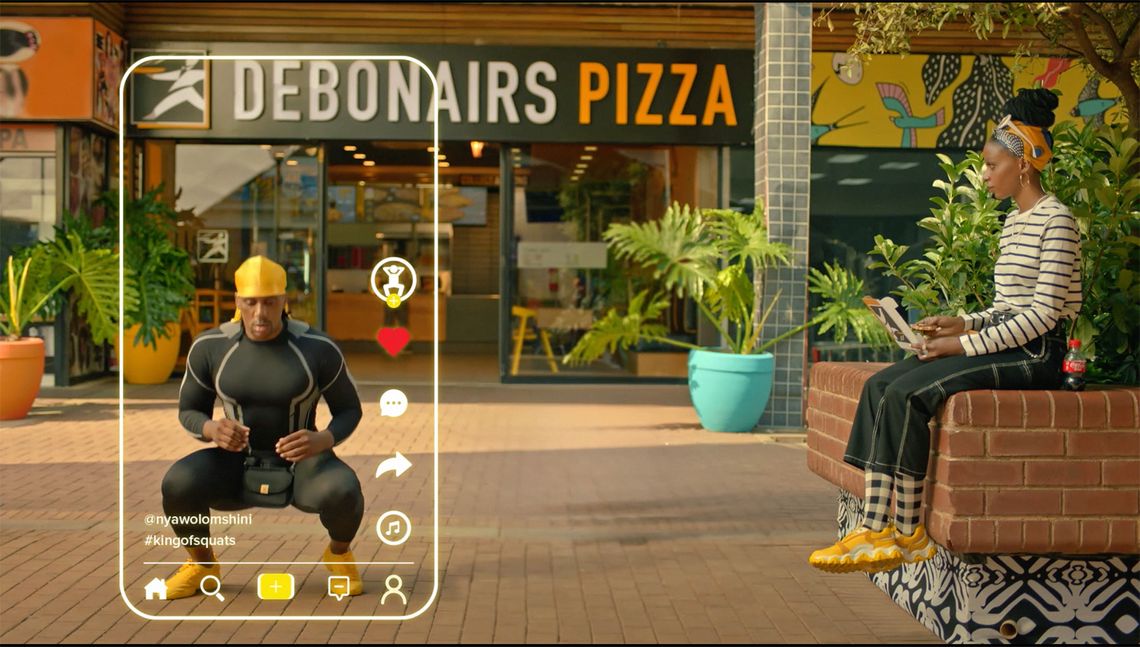Work
Awards & Recognitions
The Bookmarks
D&DA
LOERIES
CANNES LIONS
AWWWARDS
THE ONE SHOW
PENDORING
CREATIVE CIRCLE
What we do
We illustrate, animate, film, photograph, edit, retouch, and publish.
We strategize, design, develop, and use data to deploy effective solutions.
001
UX UI Design
UX Research
UI Design
Interactive Prototypes
Wireframes
002
Web Development
Mobile Apps
Custom Web Apps
Content Driven Websites
003
Motion Design
2D Animation & Illustration
3D Animation & VFX
Live-Action Content
Storyboarding
004
Publishing
DTP
Retouching
Digital Content Adaptation
Print production
Our Values
01
Be Curious
02
03

companies that trust us with their business











Get In Touch






